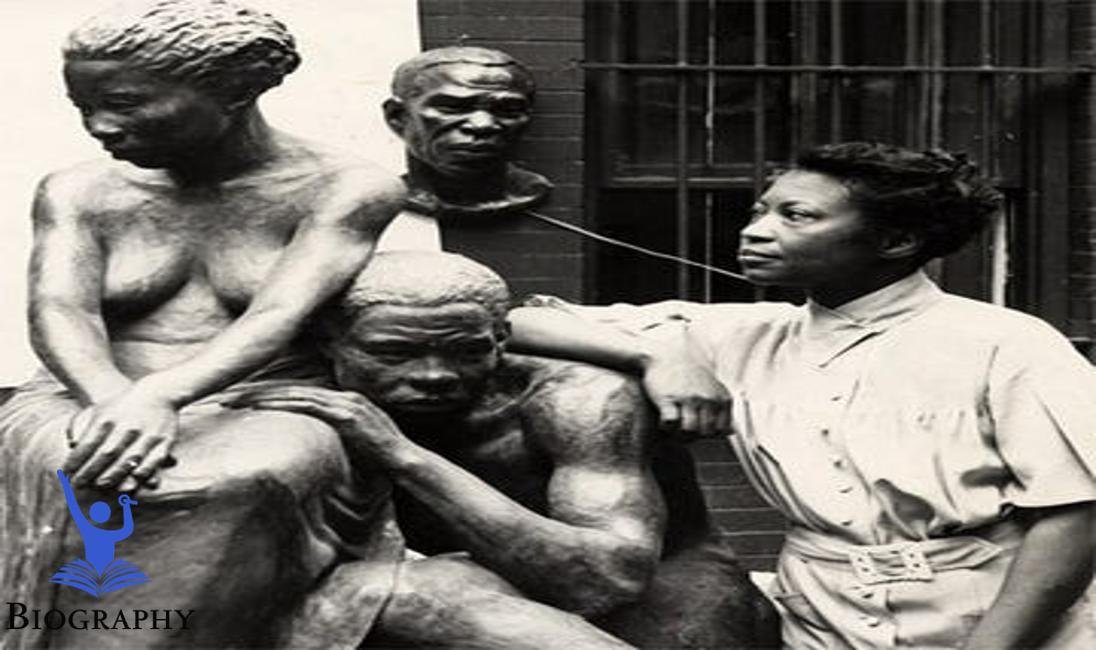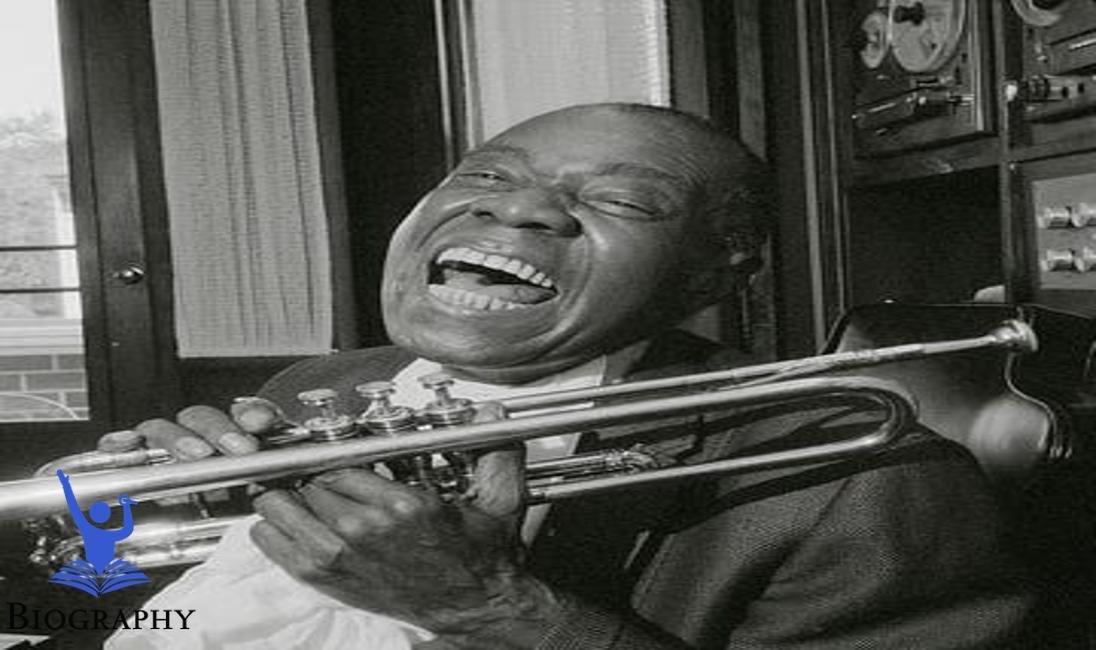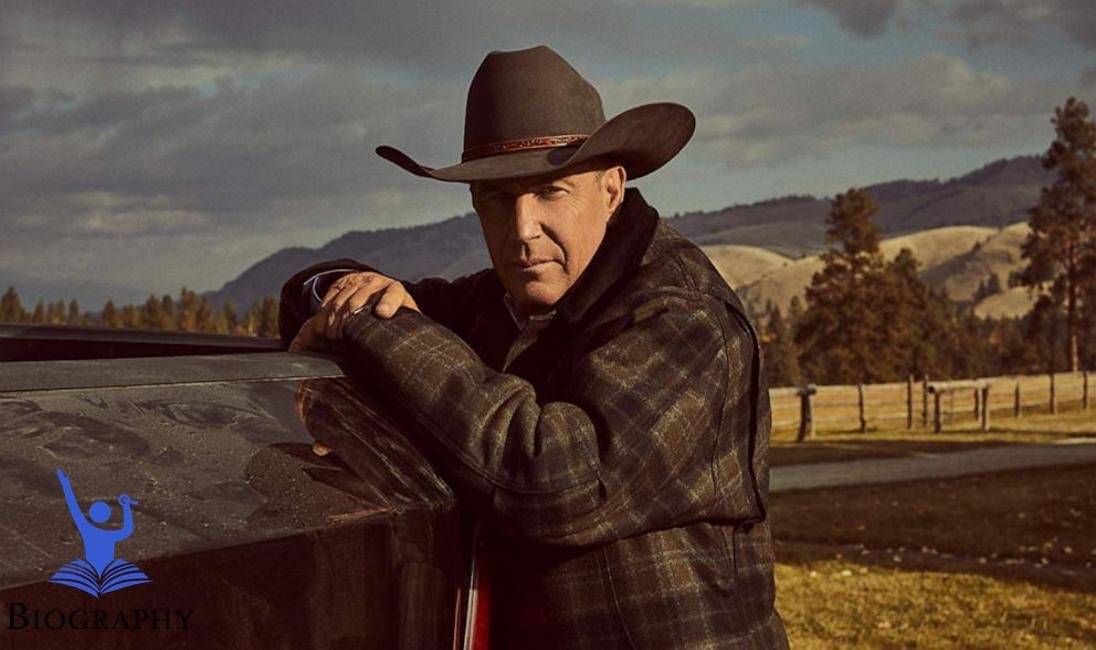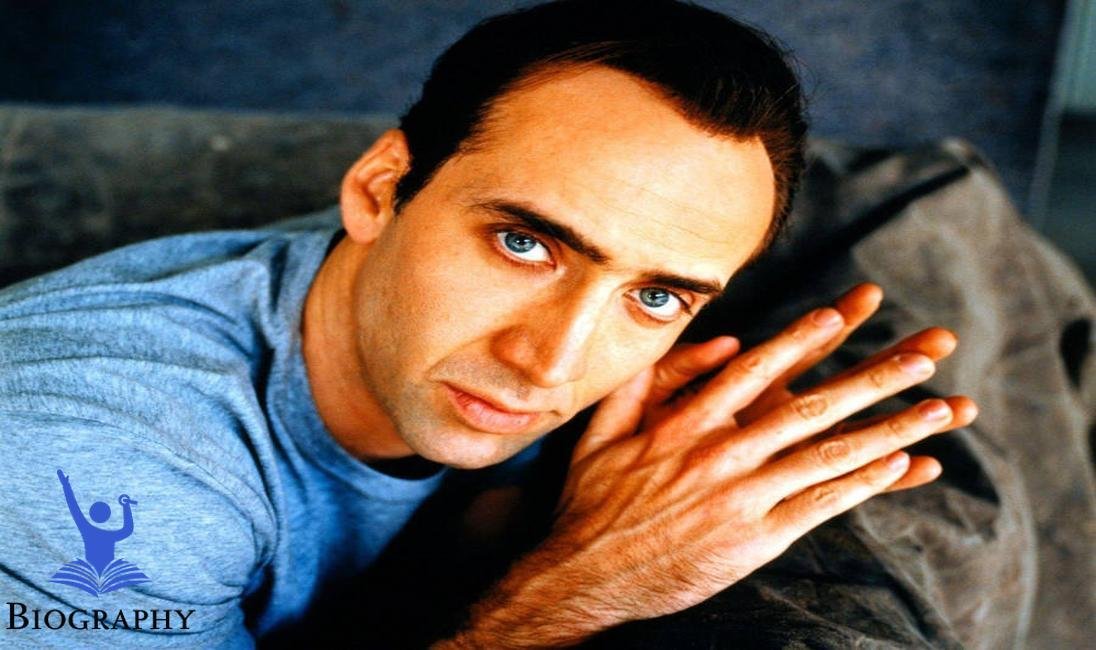Now Reading: Andy Warhol| Biography, Pop Art, Campbell Soup, Artwork,Facts & Wiki
-
01
Andy Warhol| Biography, Pop Art, Campbell Soup, Artwork,Facts & Wiki

Andy Warhol| Biography, Pop Art, Campbell Soup, Artwork,Facts & Wiki
Andy Warhol: A Simple Biography
Quick Facts About Andy Warhol
| Fact | Details |
|---|---|
| Age | 58 (at the time of death) |
| Weight | 150 lbs (approx.) |
| Height | 5 ft 10 in (178 cm) |
| Original Name | Andrew Warhola |
| Eye Color | Gray |
| Children’s Names | None |
| Birthdate | August 6, 1928 |
| Spouse | Never married |
| Home | New York City |
| Hometown | Pittsburgh, Pennsylvania |
| Origin | Czechoslovakian-American |
| Exes | N/A |
| Brand Ambassador Roles | Various commercial projects |
1. Early Life and Family
Andy Warhol was conceived as Andrew Warhola on August 6, 1928 in Pittsburgh, Pennsylvania. He grew up as the youngest of three children in a sedentary family in Slovakia. His people Ondrej and Julia Warhola came to America from Czechoslovakia. They tried to integrate their young men and provide healthy environments for morality in Andy. From the beginning, Andy showed an interest in art. She often painted at home, with the help of her mother, who was a housewife and craftswoman.
After experiencing a humble childhood, Andy wanted to go to the Carnegie History Institute for the Arts. When her family was facing financial battles, they made sure she found her passion. As a child, Andy dealt with medical problems, including an unusual condition that caused him to slow down. This encouraged him to develop his creative mind and imagination and to look at a world within himself.
2. Early Career and Struggles
After high school, Warhol attended the Carnegie Organization of Innovation (now Carnegie Mellon College), where he focused on commercial craftsmanship. In 1949, he moved to New York to pursue his intellectual fantasies. His early career included filling magazines as a professional artist and promoting organizations. However, progress was difficult. He was trying to make a name for himself and had faced eviction and bad luck.
Despite these challenges, Warhol’s brilliant style would emerge. He took the concept through his own clear specialty and began to blend it with the interesting art of professional choice. His programs, including advertising and collection fronts, began to compliment him, preparing him for his future potential.
3. Rise to Stardom
Warhol’s second breakthrough came in the mid-1960s with his iconic “Campbell’s Soup Jars” series. This work blurred the line between high craft and mainstream society and demonstrated the power of technology. Individuals loved being able to depict everyday objects as art. His approach explored conventional assumptions about what craft should be.
Despite not having composed music, Warhol explored a variety of options when it came to publishing and filmmaking. He formed “The Velvet Underground,” a band that pushed the boundaries of music and craft. Known as “The Plant,” his studio became a social hub, attracting big names, artists and socialites. Warhol’s particular silver hair and unorthodox manner made him a celebrity in a particular New York setting.
4. Success
In the 1960s and 1970s, Andy Warhol’s star was on the rise. He has undertaken numerous projects, including well-known representations of VIPs such as Marilyn Monroe and Elvis Presley. These pieces often showed a connection between big name culture and widespread networking. His art led to strong statements of difference and proletarianism, becoming crucial in the development of Pop Business.
Warhol dabbled in filmmaking again, making investigative films like “Rest,” “Domain,” that experimented with traditional narrative techniques. His work was externally appealing as well as exciting. He searched for information about character, popularity, the very idea of craftsmanship.
5. Failure
Despite his achievements, Warhol faced hardship and scrutiny. In the late 1960s, she suffered a horrific accident when she was shot by radical feminists and former colleague Valerie Solanas, an incident that scarred her personally and sincerely and changed her trajectory is both craft and life.
The latter got mixed reviews once in a while. Scholars said he had become too commercial and had lost his mind. There were accusations that his focus had indeed shifted from innovation to ambition. In any case, Warhol adapted, began to work, and explored different approaches to modernity.
6. Television Career
Despite his work in the visual arts, Warhol was heavily influenced by TV. He oversaw the broadcast of “Andy Warhol‘s Television” in the latter half of the 1980s. The program included a variety of experts, artists and big names, and provided a summary of Warhol’s reality. His unique ideas and quirky style captivated the audience, making him an unmistakable figure beyond craft.
Warhol also visited on various television shows and occasions, further enhancing his status as a social icon. His TV appearances reflected his entertaining nature and interest in popular culture.
7. Humanitarian Work
Relying heavily on his work, Warhol once again contributed to various social causes. He was known for his philanthropic efforts, donating to societies supporting expressive arts and civil rights. In addition to LGBTQ+ causes, he understood the battles seen through less predictable networks.
Warhol’s approach to his philanthropy was less obvious. He believed in introducing crafts as a way to inspire change. With a singular focus, he brought cultural issues to light, facilitating compelling discourse on important issues.
8. Personal Life and Controversies
Andy Warhols personal life was basically as beautiful as his face. However, never married and young, he formed comfortable companionships with various people in the universes of craft and leisure. His relationships with VIPs like Elizabeth Taylor and Jean-Michel Basquiat were notable.
Warhols life provoked controversy in some instances, especially in the scrutiny of his sexuality and character. While unacceptable, he was openly gay, exploring cultural norms. His complex character and lifestyle inspire respect and scrutiny.
9. Legacy / Awards
Andy Warhol died on February 22, 1987, but his legacy lives on. He is hailed as an important figure in twentieth-century art, especially in the advancement of Pop art. His intellectual work continues to influence contemporary experts and shape the social landscape.
Warhol’s commitments earned him honors and recognitions during and after his lifetime. From the Gallery of Current Workmanship in New York to Tet Present day in London, his sculpture has been exhibited in important exhibition halls around the world. He inspired a new era of artists to examine the intersection of craft and mainstream society, cementing his status as a visionary
Critically, Andy Warhol’s life is torn apart by ideas, evolution, and his desire to critique the show. His work reflects a particular understanding of VIP culture and professionalism, making him a permeable symbol of American craftsmanship. Through his intellectual adventures, he meaningfully influenced the way we view craft, celebrity, and the environment in general. Whether through art, film, or TV shows, the promises of Warhols influence continue to resonate in contemporary craft today.








































